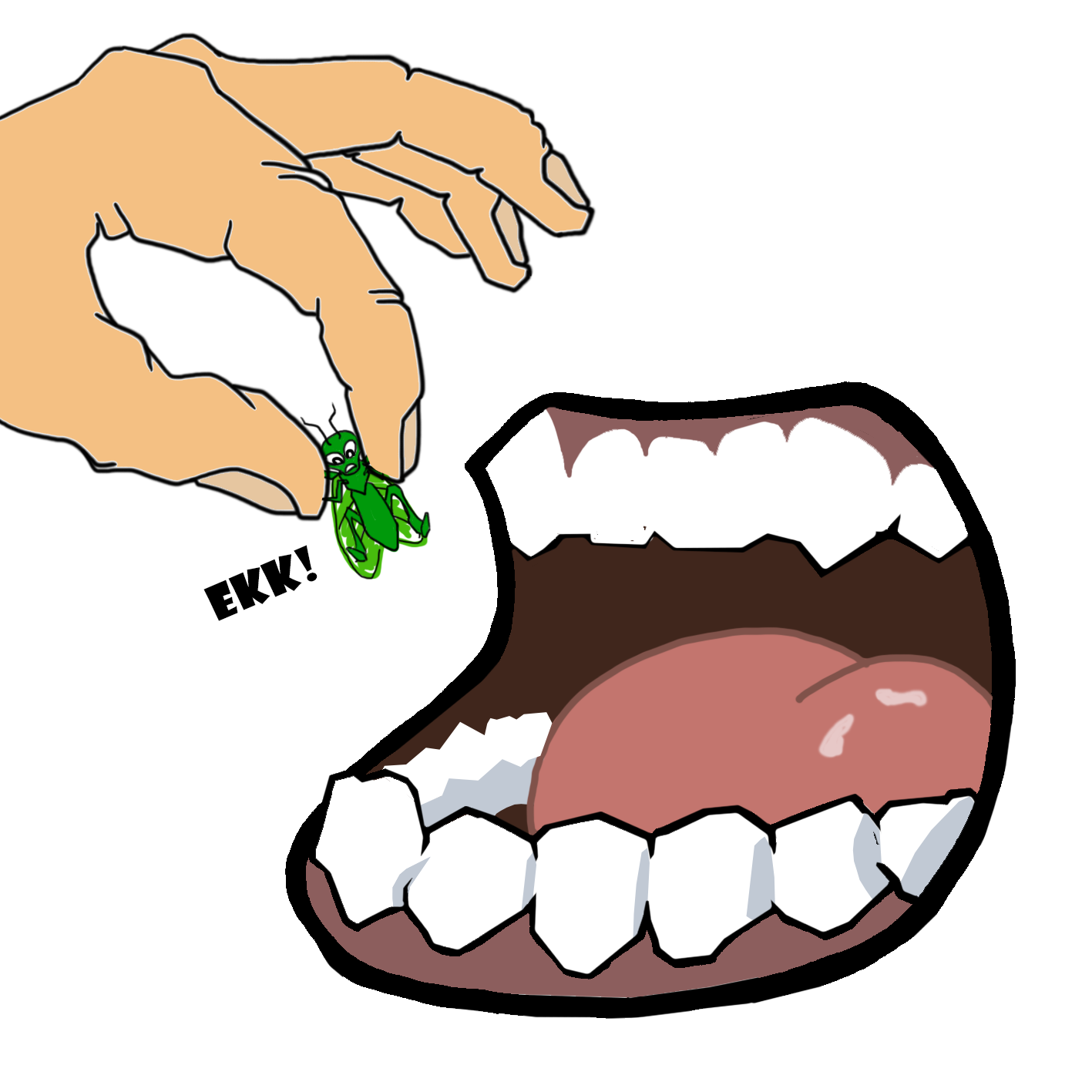
A group of McGill University students has been awarded $1 million to turn insects into food for impoverished communities.
Gabe Mott, Mohammed Ashour, Shobhita Soor, Jesse Pearlstein, and Zev Thompson won the 2013 Hult Prize for their plan to farm insects in developing countries.
The group said its long-term goal is to provide rural residents with farming units that contain all they need to breed and raise the insects. Two and a half billion people in the world eat insects, according to a United Nations report released earlier this year.
“People in general demand these products. We are simply trying to drive the price down so that they are accessible to anyone who wants them,” Mott said. “Think of it as finding a way to make high-end sushi cheaper than hot dogs.”
The group’s main food product is a mix of ground cricket powder with cassava, corn, or wheat flour, he said. Other food products include roasted pepper and lime-flavoured cricket chips.
The kind of insect they raise depends on the preferences of the country, Mott said. Millions of people in Mexico eat grasshoppers, while palm weevils are in demand in Ghana.
Indigenous peoples of the Amazon and Inca have long relied on protein-rich invertebrates for sustenance, according to Marcelo Saavedra-Vargas, a professor at the University of Ottawa’s School of International Development and Globalization studies.
Saavedra-Vargas said the McGill students’ project sounds interesting, but he said he is worried about the idea of turning yet another life form into a commodity.
“As of right now, insects are just that: insects,” he said. “I hope that by introducing insects to a market-oriented food system they won’t become a merchandise.”
There are already several cricket farms in Canada, mostly selling crickets to pet stores, according to Sarah Harrison, a PhD candidate at Carleton University whose thesis is about cricket behaviour.
Several millions of these farm crickets died in 2011, possibly because improper sterilization allowed a virus to spread, Harrison said.
“Before cricket farms start producing crickets for human consumption, I think we need to figure out what sort of sterilization techniques are required to prevent outbreaks of viruses that infect crickets, otherwise these businesses may fail,” she said.
The team is aware of the sterilization challenges facing their project and will work with successful breeders to overcome them, Mott said. In the meantime they will focus on an easier-to-breed insect, that being grasshoppers.
The next stage of the project is to capture and breed the grasshoppers in Mexico and establish their farms, according to Mott, a vegetarian who said he occasionally makes an exception for bugs.
“I recently had stir-fried Thai basil palm weevils on a farm in Thailand,” he said. “It took 10 minutes to go from holding pen to plate—try to do that with a cow—and they were juicy and delicious.”





